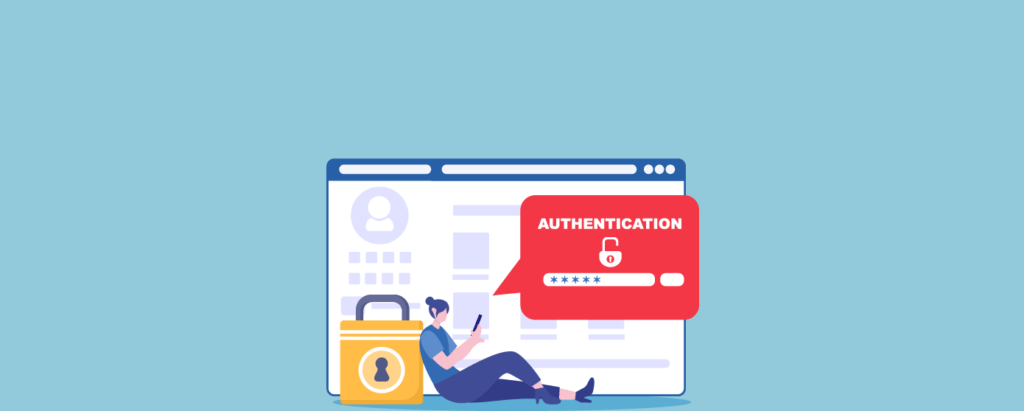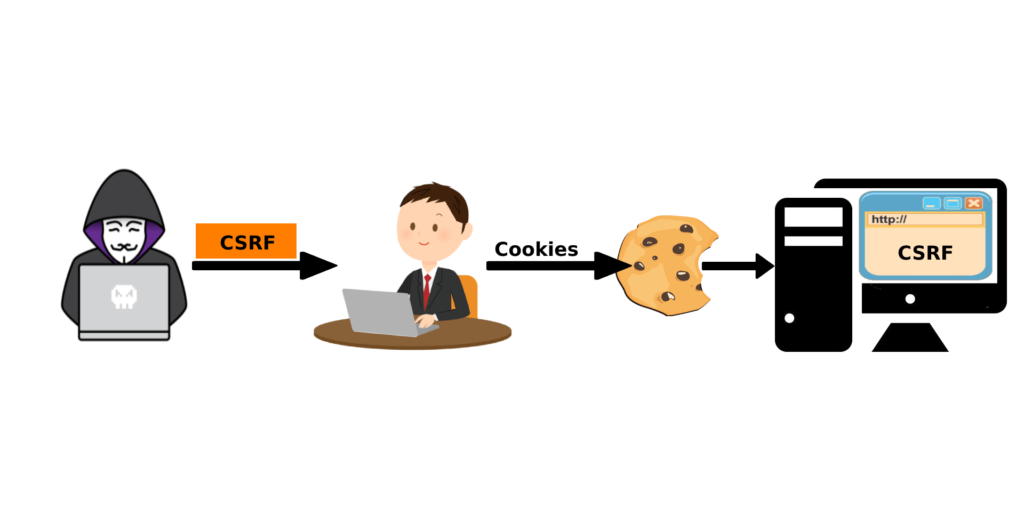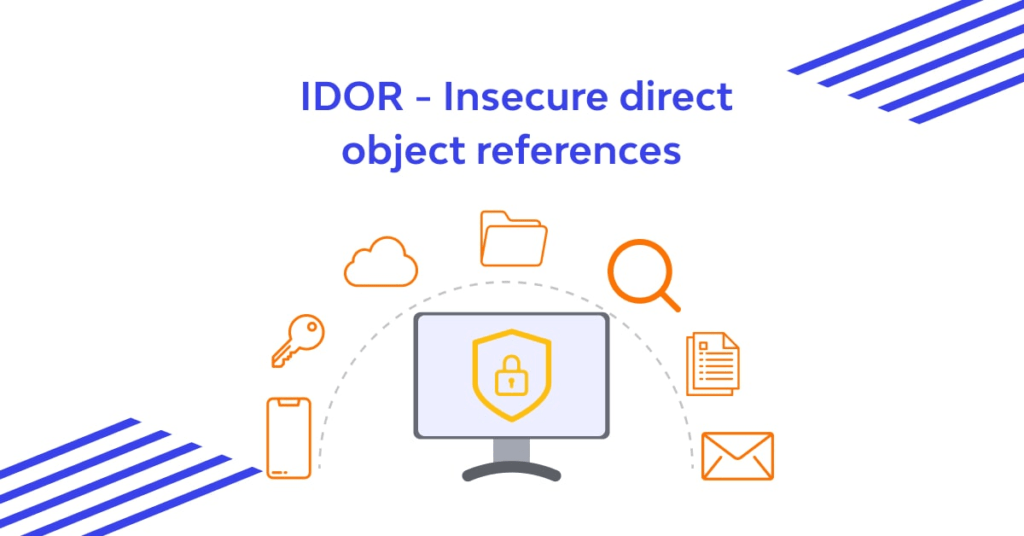Table of contents
Introduction
In today’s fast-paced digital world, web applications have become an essential part of our daily lives. Unfortunately, they are also one of the hackers’ favorite targets. These cybercriminals often look for vulnerabilities in web apps to steal sensitive information, disrupt services, or even gain complete control of systems. Anyone interested in cybersecurity, especially ethical hackers, must understand these vulnerabilities and how to fix them. In this blog, we’ll break down the most common web app flaws hackers exploit and explain them in simple terms.
1. SQL Injection (SQLi)

SQL Injection is one of the oldest and most dangerous vulnerabilities in web applications. Hackers use it to access or manipulate a website’s database, which may contain sensitive data like usernames, passwords, and credit card information.
- How It Works: Hackers take advantage of poorly written code that doesn’t properly check user input. They insert malicious SQL commands into input fields, like login forms, to trick the database into revealing or altering data.
- How to Prevent It:
- Always use parameterized queries or prepared statements to handle user input safely.
- Validate and sanitize all user inputs to ensure they don’t contain harmful code.
- Set up a Web Application Firewall (WAF) to block suspicious requests.
2. Cross-Site Scripting (XSS)

Cross-site scripting is another common vulnerability that allows hackers to insert harmful scripts into a web page. These scripts can steal user information, such as login credentials, or perform unwanted actions on behalf of the user.
- How It Works: Hackers place malicious code into input fields, such as comment boxes or search bars. When other users visit the page, their browser executes the harmful script.
- How to Prevent It:
- Use proper encoding to ensure user inputs are displayed as text rather than executable code.
- Sanitize all user inputs to remove harmful elements.
- Use a Content Security Policy (CSP) to restrict what scripts can run on your website.
3. Weak Authentication and Session Management

Weak authentication systems and poorly managed user sessions make it easier for hackers to break into accounts. This can lead to unauthorized access to sensitive data or administrative controls.
- How It Works: Hackers may use techniques like guessing passwords, stealing session cookies, or tricking users into revealing their login details.
- How to Prevent It:
- Require strong, unique passwords for all accounts.
- Enable multi-factor authentication (MFA) to add an extra layer of security.
- Set cookies to be secure, and rotate session IDs regularly to reduce risks.
4. Cross-Site Request Forgery (CSRF)

CSRF attacks trick users into performing actions they didn’t intend, like changing account settings or making unauthorized transactions. Hackers exploit the trust a website has in a user’s browser.
- How It Works: Hackers send malicious links or forms to users, which execute unwanted actions on a trusted website using the user’s logged-in session.
- How to Prevent It:
- Use unique CSRF tokens for each user session to verify requests.
- Check the referer header to ensure requests are coming from trusted sources.
- Require re-authentication for sensitive actions, like changing a password.
5. Insecure Direct Object References (IDOR)

IDOR vulnerabilities allow hackers to access data or resources they shouldn’t be able to. This happens when web applications expose references, like file names or user IDs, without proper security checks.
- How It Works: Hackers modify parameters in URLs or forms to access restricted resources, such as changing a user ID to view someone else’s account information.
- How to Prevent It:
- Use indirect references, such as unique tokens, instead of exposing sensitive identifiers.
- Implement strict access controls to ensure users can only access what they’re authorized to see.
- Log and monitor all access attempts to detect suspicious activity.
Why Ethical Hackers Are Important
Ethical hackers, also known as white-hat hackers, play a vital role in securing web applications. They think like hackers but work with organizations to find and fix vulnerabilities before they can be exploited. By performing penetration tests and security audits, ethical hackers help businesses strengthen their defenses and protect sensitive data.
Conclusion
Cybersecurity is an ever-changing field, and web applications are constantly at risk of being targeted by hackers. By understanding these common vulnerabilities and how they are exploited, developers, businesses, and ethical hackers can work together to create more secure systems. Taking proactive measures today can prevent devastating breaches in the future. Remember, staying informed and vigilant is the best defense against cyber threats.


